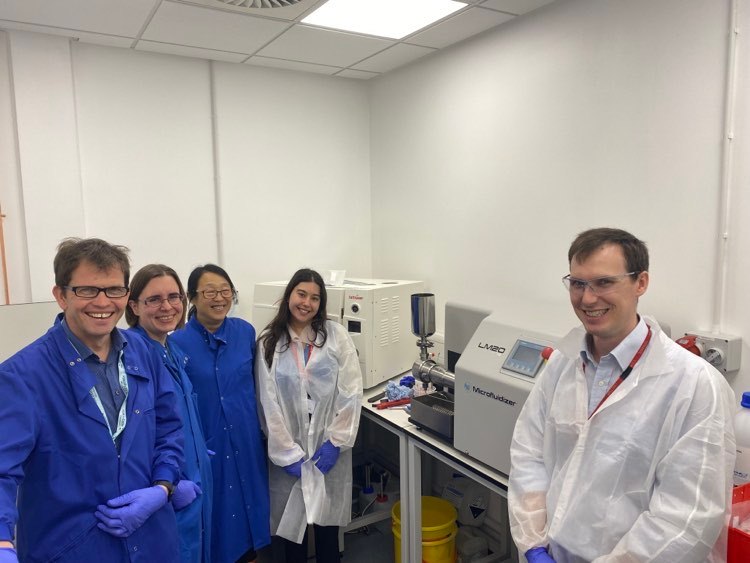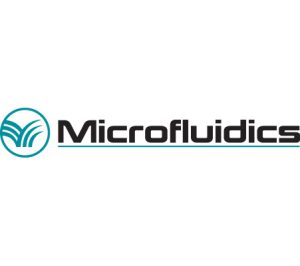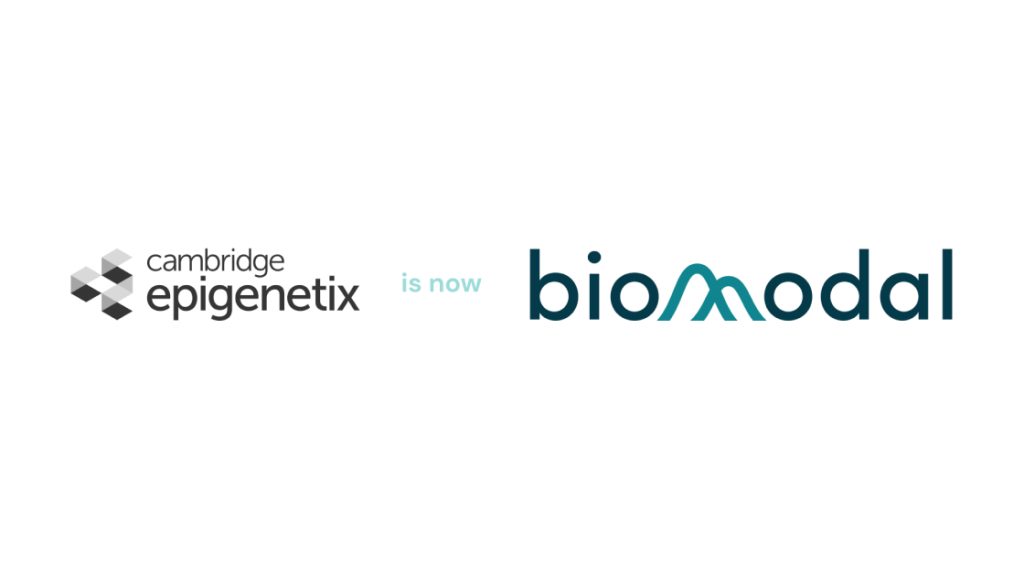Customer Interview – Biomodal ( formerly Cambridge Epigenetix)
Following their recent LM20 Microfluidizer® purchase, we had the opportunity to speak with Dr. Gary Yalloway and Dr. Julia Vivian, Senior Scientists at Biomodal, The Protein Science Group. They explained to us how they will be using LM20 Microfluidizer® Processor.
What are your current challenges?
We are developing a kit to measure epigenetic markers on DNA. We belong to the protein science group. The Protein science group makes the enzymes which go into the kit. We are using a number of different cell types to produce the enzymes, some are made in bacteria, some in insect cells. We might be using some yeast in the future, so there is a wide range of different expression systems for making our target proteins. Currently we use a sonicator to disrupt the cells, which is limited and not very reproducible. The volume and the cell pellet size make the density different and affect the efficiency of sonication. So, it is not consistent. One of the challenges we have when trying to solubilise the cells is that we don’t have the consistency in disrupting the cells, which determines the protein recovery.

How will Microfluidizer® technology help?
The great thing about the microfluidizer is it’s very consistent, processing the same volume at all times. Cells will go into the chambers so there is a constant volume in the chamber, being disrupted at the same time and it is very efficient because we just set the pressure that we need. We can visually tell when the cells pass through the machine if they are disrupted and see the change in the viscosity. (The Microfluidizer) is a lot easier to use because we only pass the sample through once or twice (fewer processing cycles). We don’t have as much heat production as we had with the sonication. (If the sample heats up too much, it can de-nature the protein.)
We want to break open the cells: this is the first challenge when purifying a protein. The second challenge: some of the samples we have are very challenging (they are very viscous, like honey consistency). Cells have DNA in them, and this effects our downstream processing (purifying the protein). If there is a lot of DNA, it makes working with the sample more challenging because it can block filters or the column and it can stop the work. So, if you have an instrument like the Microfluidizer that can very efficiently break down the DNA, it will reduce the viscosity of your sample and then make the sample handling a lot easier.
The advantage for us using a Microfluidizer is that it will be able to give us a better and more consistent sample than we were able to get before and it will also help us with scaling up production. Using sonication, the efficiency of cell disruption depends on your sample volume and cell density, so if you have two different volumes (a smaller and a larger sample) it won’t be the same sonication efficiency under the same conditions. By using the Microfluidizer, we have a more reproducible and consistent sample, which is the biggest advantage. When we go to our partners to scale up and do the tech transfer, it makes the process easier. Another great thing about the Microfluidizer is the flexibility because we can adjust the pressure a lot easier and consistently compared to other machines.
What will the technology help Biomodal achieve?
We are making a platform technology that can test for diseases and cancer by looking at the changes in the DNA. We are supporting the research groups into that and give them the tools they need to investigate this. By having better tools for their research, scientists can get more information and learn more about different diseases and cancers; they can get valuable new information that they previously didn’t have.




